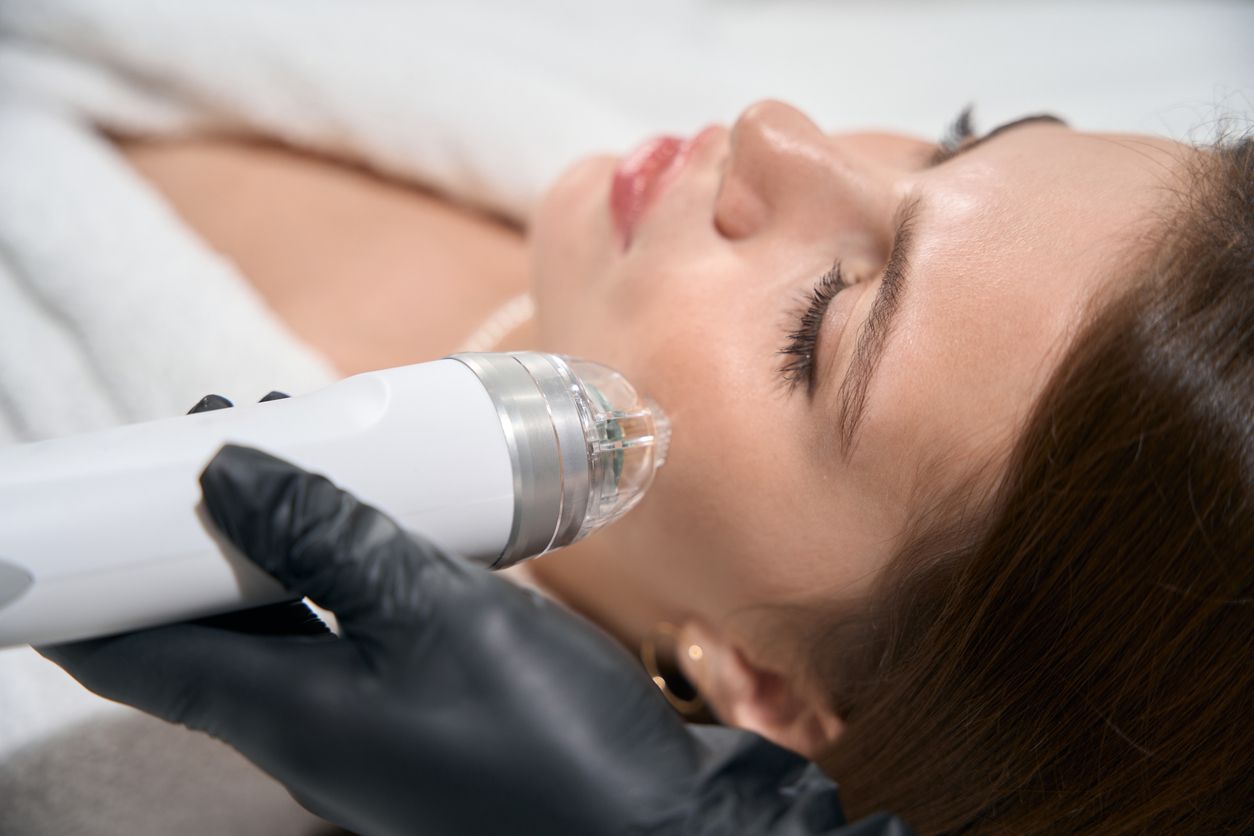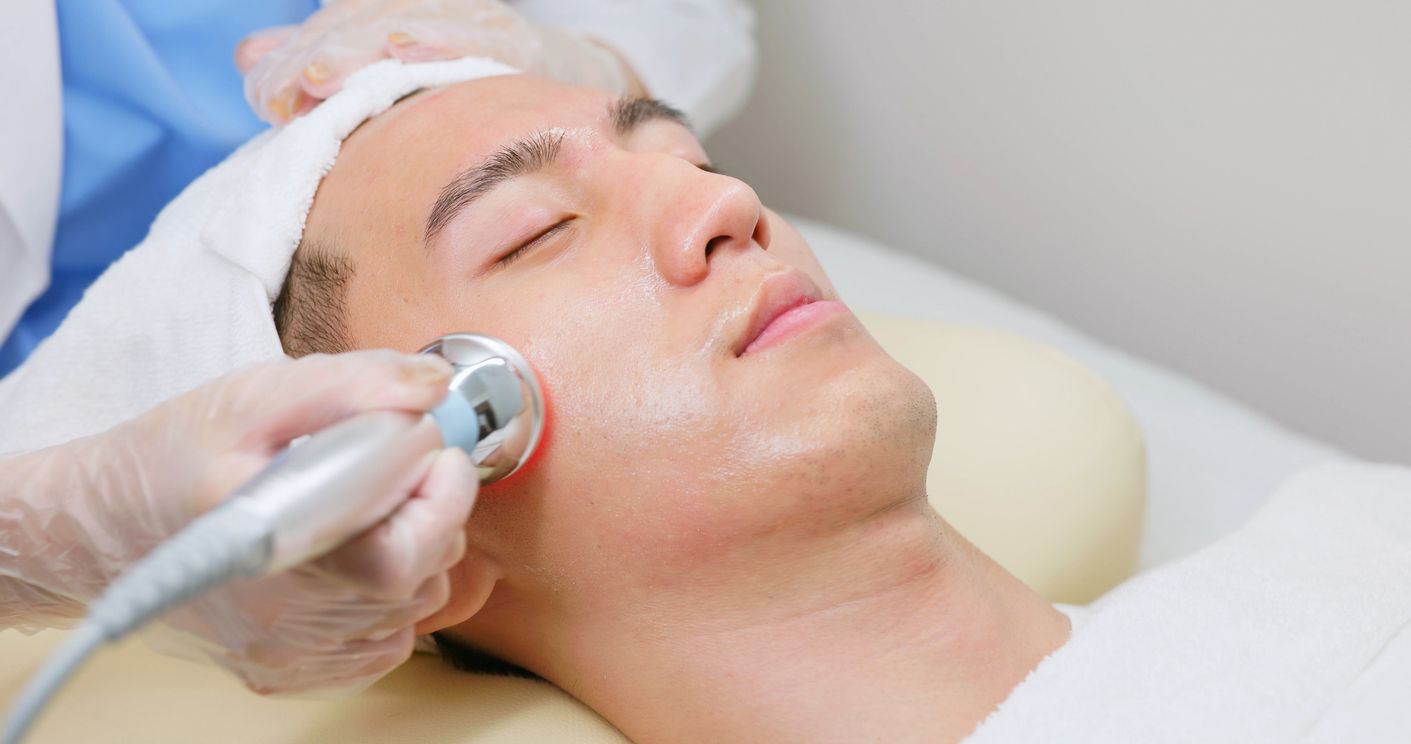- Home
- Trend
- Weight Loss Strategies
- Acne Tips
- Hair Health Information
- Blemish Removal Tips
- Acne Scar Removal Tips
- Muscle Building Techniques
- Intimate Care Tips
- Postpartum Intimate Care
- Eye Bags Wiki
- Tips for Face Slimming
- Secret of Permanent Hair Removal
- Breast Enlargement Tips
- Cure to Snoring
- Marionette Lines
- Skin-Tightening Secrets

免費體驗
F8 Hair Regrowth Treatment
1 Minute Self-Registration
Date should not be before minimal date
Hair loss is a prevalent concern for individuals in Hong Kong and around the world. This article explores the various causes of hair loss, including receding hairlines, sudden hair loss, permanent hair loss, hereditary hair loss, further hair loss, and traction alopecia. We will discuss potential solutions and treatments available for managing hair loss. Additionally, we will delve into topics related to hair follicles, hair growth, and different types of hair loss, such as male pattern baldness and alopecia areata. We will also touch upon factors like birth control pills and temporary hair loss that can contribute to this issue. By the end of this article, you will have a comprehensive understanding of hair loss and how to address it.
1
How Do I Know if I am Experiencing Excessive Hair Loss?

1. Hair Density
2. Hair Part
3. Hairline Changes
4. Ponytail Test
5. Shedding in Shower or Brush
6. Visible Scalp
7. Compare Photographs
8. Consultation with a Professional
9. Hair Stylist Input
10. Self-Evaluation
2
Why Am I Losing Hair in Hong Kong?

1. Receding hairline
2. Sudden hair loss
3. Permanent hair loss
4. Hereditary hair loss
5. Further hair loss
6. Traction alopecia
7. Hair follicles
8. Hair growth
9. Thinning hair
10. Patchy hair loss
11. Male pattern baldness
12. Birth control pills
13. Temporary hair loss
- 3 Tricks To Boost Hair Volume! Celeb-Approved Hair Growth Secrets And The Best Solutions Revealed
- What To Do About A High Forehead? The Ultimate Guide + 7 Hairstyle Tips To Visually Minimize A High Hairline!
- Is Stronger Pressure Better For Scalp Massages? Here’s 3 + 4 Easy At-Home Massage Tips
- Black Sesame Seeds for Hair Growth: A Natural Remedy for Healthy, Strong Hair
3
Want Some New Hair? Check what You Should Do

If you have receding hairline:
If you have sudden hair loss:
If you have permanent hair loss:
If you have hereditary hair loss:
If you have further hair loss:
If you have traction alopecia:
If you want stronger hair follicles:
If you want better hair growth:
If you have thinning hair:
If you have patchy hair loss (Alopecia Areata):
If you have male pattern baldness:
If you have birth control pills:
If you have temporary hair loss:
4
Prevent Lose Hair in a Long Run with These 5 Ways!

Lifestyle changes
Topical treatments & medications
Hair restoration therapies
Hair transplantation
Wigs and hairpieces

免費體驗
F8 Hair Regrowth Treatment
1 Minute Self-Registration
Date should not be before minimal date
5
Last Few Words


免費體驗
F8 Hair Regrowth Treatment
1 Minute Self-Registration
Date should not be before minimal date
FAQ

1. Can female pattern baldness be reversed?
Female pattern hair loss, while challenging to fully reverse, can be effectively managed and slowed down with appropriate treatment. The success of treatment varies from person to person, making it crucial to consult a healthcare professional. They can provide a personalised approach based on the specific factors contributing to the hair loss.
2. How long does it take to see results from hair loss treatments?
The timeline for seeing results from hair loss treatments is variable. While some individuals may notice improvement within a few months, others might experience a longer timeframe. Patience is a key virtue during hair loss treatment, as results are often gradual and influenced by factors such as the type of treatment used, the underlying cause of hair loss, and individual response.
3. Are there natural remedies for hair loss?
While some natural remedies and supplements claim to promote hair growth, their effectiveness lacks well-established scientific evidence. It's crucial to approach these remedies with caution and consult with a healthcare professional before incorporating them into your routine. This ensures that they are safe and appropriate for your specific situation, considering potential interactions with other medications or underlying health conditions.
4. Is hair loss treatment covered by insurance in Hong Kong?
Insurance coverage for hair loss treatment in Hong Kong varies depending on the type of insurance plan. Some plans may cover medically necessary treatments, while others may not. To determine the extent of coverage, it's advisable to check with your insurance provider for specific details, including the types of treatments covered and any associated criteria or limitations.
5. Does hair growth naturally slow down as we age, and can a healthy diet make a difference?
Yes, hair growth naturally tends to slow down with age, influenced by factors such as hormonal changes and decreased activity in hair follicles. However, maintaining a healthy diet plays a crucial role in supporting optimal hair growth. A diet rich in essential nutrients, including vitamins, minerals, and proteins, provides the necessary building blocks for healthy hair. Incorporating a balanced diet becomes particularly significant in mitigating age-related changes and promoting overall well-being.









